You are using the startup flag which adds a fixed 10 μs ramp to the DC sources. In your case, the only sources that are DC are the power supplies, and the total simulation time is 1 μs. Which means that your opamp is powered by a ramp from 0...0.25 V for the duration of the simulation, obviously not enough.
Why do the oscillations appear? That's because of the way the .model is built, internally. You should know that the SPICE world is made of approximations, only, and some of them come at various costs. This seems to be one of them (BTW, did you notice that your input pulse is negative?):

As soon as you remove the offending parameter you will see a different result:
When comparing the behaviour of circuits under different simulators, first make sure that all the parameters are set so all of them work under the same conditions. In this case, startup is not needed. That flag is useful in oscillators (while accounting for the 10 μs ramp), or in power supplies that need a small ramp, instead of an abrupt power-up. It also causes the simulation to start in transient mode, making you wait the whole transitory period. If all you want is to analyze some I/O behaviour then startup is not a good choice. Instead, rely on the way SPICE solves for he operating point. After all, you're not interested in the initial, power-up phase, are you?

